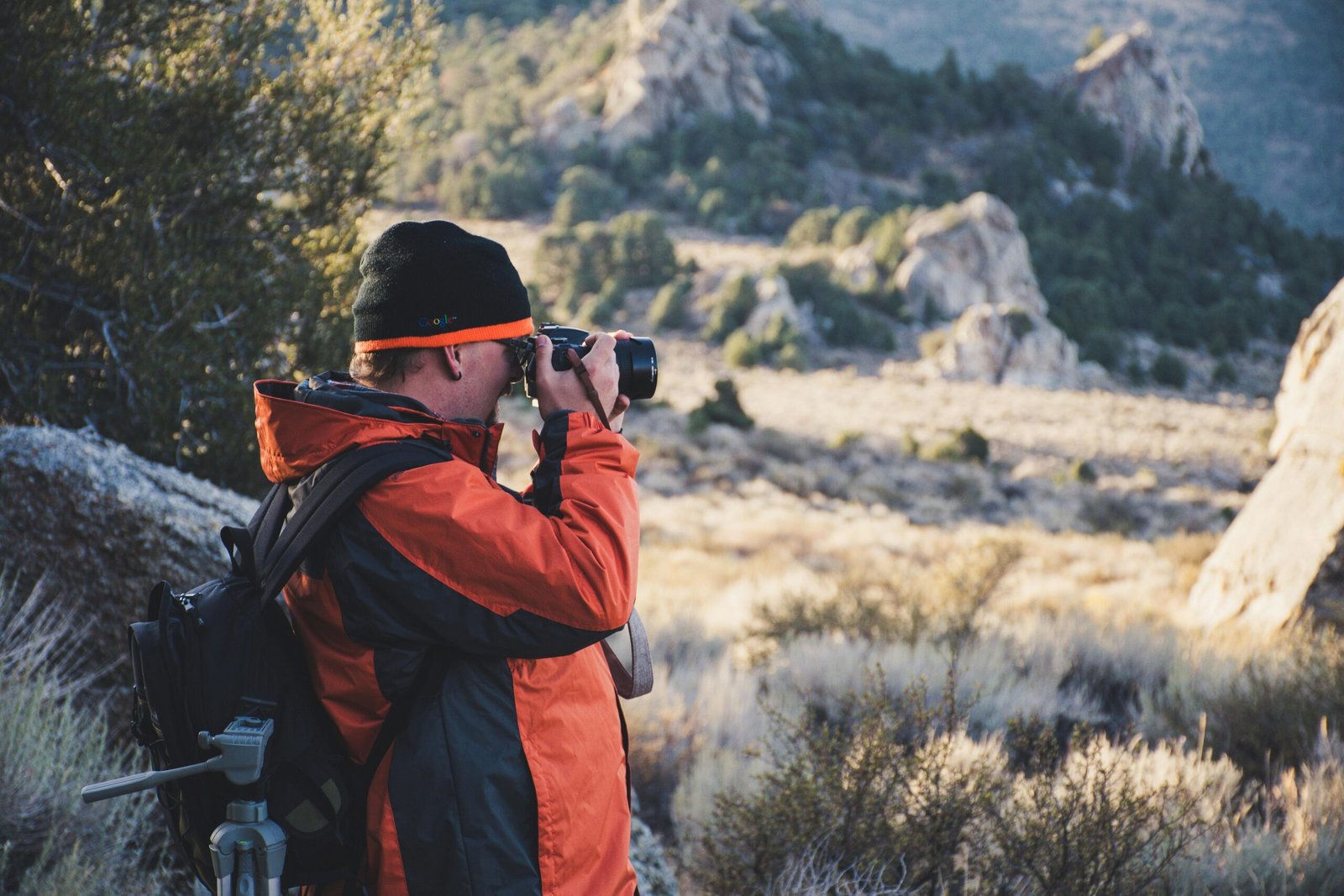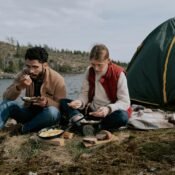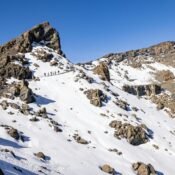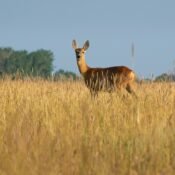
Photographing the Wild: Tips for Capturing Tanzania’s Fauna
Tanzania is often regarded as one of the most biodiverse and spectacular wildlife destinations in the world. From the iconic big cats of the Serengeti to the endangered species of the Selous Game Reserve, the country offers endless opportunities for nature photographers to capture its stunning array of fauna. However, photographing wild animals in their natural habitat presents unique challenges that require patience, knowledge, and the right techniques.
Whether you’re an experienced wildlife photographer or someone aiming to improve their skills on safari, here are some essential tips for capturing the incredible wildlife of Tanzania.
1. Understand the Landscape and Wildlife
Before you even pick up your camera, take some time to understand Tanzania’s diverse landscapes and the wildlife they host. Different habitats, from the grasslands of the Serengeti to the lush forests of the Gombe National Park, offer different challenges and opportunities for photography.
- Serengeti National Park: Famous for the Great Migration and its large populations of lions, cheetahs, and elephants.
- Ngorongoro Crater: A UNESCO World Heritage Site that offers spectacular opportunities for capturing a variety of wildlife, including the rare black rhino.
- Selous Game Reserve: One of the largest protected areas in Africa, home to elephants, hippos, crocodiles, and rare wild dogs.
Knowing where to expect which animals and the best time of day for sightings can help you plan the perfect shot. Research seasonal movements like the migration of wildebeests or the calving season to catch animals at their most photogenic moments.
2. Get the Right Gear
Wildlife photography demands the right equipment. While your gear doesn’t need to be the most expensive or the latest model, a few essential pieces will significantly improve the quality of your images.
- Camera: A DSLR or mirrorless camera with a fast burst rate (for action shots) and a high-quality sensor is a must. You’ll also want to be able to shoot in manual mode to have full control over your exposure settings.
- Lenses: For wildlife, a telephoto lens (200mm to 600mm) is essential to capture animals from a distance without disturbing them. A wide-angle lens can also be useful for dramatic landscape shots.
- Tripod and Monopod: For stability, especially when using long lenses.
- Filters: Polarizing filters can help reduce glare and enhance colors in your wildlife images, especially when photographing in bright sunlight.
- Extra Batteries and Memory Cards: Wildlife doesn’t wait for you to change your memory card or recharge your battery. Always come prepared with backups.
A good rule of thumb is to test your gear before the trip to ensure everything works properly, and make sure you’re familiar with how your camera handles different lighting conditions and fast-moving subjects.
3. Mastering the Basics: Composition and Exposure
Understanding composition and exposure techniques is key to capturing powerful wildlife photos that do justice to the majesty of Tanzania’s animals.
Composition Tips:
- Rule of Thirds: This classic rule can help create balanced and dynamic compositions. Position the animal or important elements of the scene along the lines of the grid or where they intersect.
- Fill the Frame: Don’t be afraid to get close or use a zoom lens to fill the frame with your subject. Focusing on the animal’s eyes or unique features can create compelling portraits.
- Environmental Context: While close-up shots of animals can be stunning, including some of the surrounding environment can add context to the image. Wide shots of herds of elephants or giraffes against the horizon, for example, can tell a more complete story.
- Leading Lines: Use natural lines in the landscape—like rivers, roads, or animal tracks—to lead the viewer’s eye to the subject.
Exposure Settings:
- Aperture Priority (f/2.8 to f/8): For wildlife, having a wide aperture allows you to focus on your subject while creating a beautifully blurred background (bokeh).
- Shutter Speed: Use a fast shutter speed (1/1000 sec or faster) to freeze action, such as a lion chasing its prey or a bird taking flight. Slower shutter speeds (1/500 sec or slower) can be used for softer, more artistic effects like blurred motion.
- ISO Settings: In Tanzania, where the sun can be harsh, shooting at a low ISO (100 to 400) is often sufficient. However, when you’re photographing at dawn or dusk, you might need to increase the ISO to avoid underexposed images.
4. Capture the Behavior and Emotion
Tanzania is brimming with wildlife, and each animal has its own unique behaviors that can make for striking photos. Capturing animals in action adds a layer of excitement and drama to your shots. Watch for moments like:
- Predator vs. Prey: The Serengeti and Masai Mara are known for the dramatic encounters between predators like lions, leopards, and cheetahs, and their prey. Anticipating these moments takes practice and patience, but it can lead to unforgettable shots.
- Maternal Bonding: The interactions between mothers and their young, like elephants tenderly touching their calves with trunks or a lioness grooming her cubs, can add a tender, emotional element to your photographs.
- Birds in Flight: Tanzania is home to a staggering variety of birds. Capturing a bird in flight, whether it’s an African fish eagle hunting along the Rufiji River or a colorful flamingo in the Ngorongoro Crater, requires fast reflexes and precise timing.
Knowing the species you’re photographing and its behavior will help you anticipate key moments. Don’t rush your shots—observe first, and wait for the perfect frame to present itself.
5. Time of Day: The Golden Hours
Lighting is one of the most important elements in wildlife photography, and Tanzania’s lighting conditions are no exception. The golden hours—just after sunrise and just before sunset—are the best times to photograph.
- Early Morning: The soft, diffused light of dawn gives animals a natural, ethereal look. Early mornings are also when predators are most active, so you might capture a lion stalking its prey or hyenas scavenging.
- Late Afternoon: The warm, golden glow of late afternoon is perfect for bringing out the details of an animal’s fur or the texture of the landscape. The contrast between the low light and the animal’s silhouette creates stunning photos.
During midday, the light can be harsh and cause unwanted shadows, so try to use it creatively—perhaps by capturing the landscape or experimenting with silhouette shots.
6. Be Patient and Respectful
Wildlife photography is not just about snapping pictures. It’s about respecting the animals and their environment. Be patient—animals won’t perform on cue, and sometimes the perfect shot comes after hours of waiting.
- Keep Your Distance: Always maintain a respectful distance from wildlife, and use a telephoto lens to capture intimate moments without disturbing the animals. Not only is this ethically important, but it can also lead to better photos as animals are more likely to behave naturally when they don’t feel threatened.
- Don’t Chase the Perfect Shot: The temptation to get that one perfect picture can sometimes lead to poor decisions, like disturbing an animal or moving too quickly through a habitat. Instead, enjoy the process and appreciate the opportunity to observe the wildlife.
7. Post-Processing: Enhance, Don’t Overdo
Post-processing is a vital part of the photographic process, but it’s important to strike the right balance. You want your images to reflect the authenticity of the scene, not become overly enhanced.
- Adjust Exposure: Brightening shadows or toning down overexposed areas can help your images pop.
- Crop for Impact: Tightening a crop can help emphasize your subject, especially if you missed the perfect framing in-camera.
- Enhance Color: Saturating the colors can help emphasize the vibrant hues of the animals and landscape, but be careful not to overdo it.
Editing should never replace good composition and lighting. Use it to enhance your images, not transform them.
Conclusion:
Photographing wildlife in Tanzania is not just about capturing beautiful images—it’s about telling a story of the world’s most captivating creatures. With patience, the right gear, and a deep understanding of your surroundings, you can capture moments that will last a lifetime. Whether you’re photographing the majestic lions of the Serengeti or the graceful giraffes of Tarangire, each frame is an opportunity to share the beauty of Tanzania’s wild with the world. So, pack your gear, immerse yourself in nature, and let the wildlife of Tanzania unfold before you, one shot at a time.




